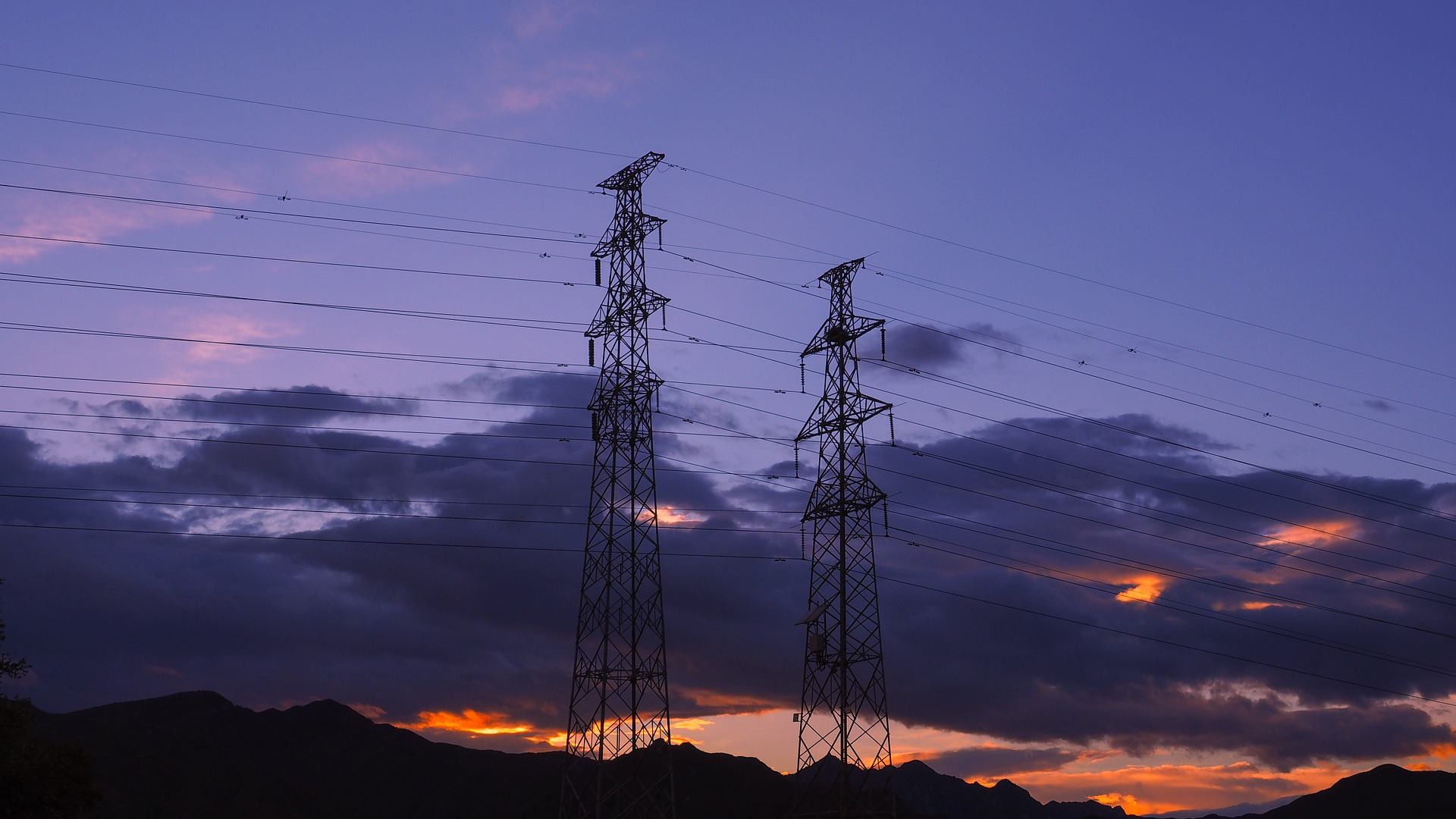Following two consecutive earthquakes on January 6 and January 7 of this year (2020), electricity generation in Puerto Rico has become more heavily reliant on petroleum. This is according to data from a recent U.S. Energy Information Administration (EIA) report—the Power Plant Operations Report.
The two earthquakes, which occurred 9 miles off the southwest coast of Puerto Rico measured at magnitudes of 5.4 and 6.4 respectively. In terms of Puerto Rico electricity generation, the location and magnitude of the earthquakes is relevant as they struck close to two of Puerto Rico’s largest power plants—Costa Sur and EcoEléctrica.
Huge power outages resulted from the earthquakes, with almost 900,000 customers in Puerto Rico losing power. The Costa Sur plant, in particular, was badly affected by the earthquakes, which knocked it offline indefinitely. Recovery efforts were extremely successful, with 99% of customers receiving electricity again by January 13, but monthly power generation for January 2020 took a big hit, with a significant 17% decrease from December 2019.
The Costa Sur plant, which primarily uses natural gas, was the biggest power plant in Puerto Rico prior to these earthquakes, generating 21% of Puerto Rico’s power. Given the reduction in electricity generation at both Costa Sur and EcoEléctrica—which also primarily uses natural gas—electricity generation in Puerto Rico has become more dependent on petroleum.
The chart below, courtesy of the U.S. Energy Information Administration (EIA), shows Puerto Rico electricity generation by fuel type from January 2019 through March 2020, noting the point at which the earthquakes hit.
In terms of numbers, there are some key figures which really show the shift in electricity generation sources. In the first three months of 2020, petroleum accounted for 60% of electricity generation, a big jump from 38% across the year 2019. Conversely, natural gas generation saw a huge decline, falling to 17% in the opening three months of 2020, compared to 41% in 2019.
The chart below, courtesy of the U.S. Energy Information Administration (EIA), shows the shifting fortunes of petroleum and natural gas, as well as the steady generation of other sources like coal and renewables.
Though Puerto Rico is home to some of the highest electricity rates in the country, and policy reform has been moving to accommodate renewables and rebuilding of infrastructure, utility creditworthiness and financial stability is still a major barrier. Credit enhancement and financial backstops will be needed to attract the private capital necessary to rebuild the electricity network in a way that coincides with headlines and policymaker goals.
If you’re interested in going solar, get in touch today. YSG has been operating in the solar industry for over a decade now, and will construct the ideal solar project for your unique energy needs. Send us an email, or call at 212.389.9215 to get started.
YSG Solar is a project development vehicle responsible for commoditizing energy infrastructure projects. We work with long-term owners and operators to provide clean energy assets with stable, predictable cash flows. YSG's market focus is distributed generation and utility-scale projects located within North America.
Sources:

